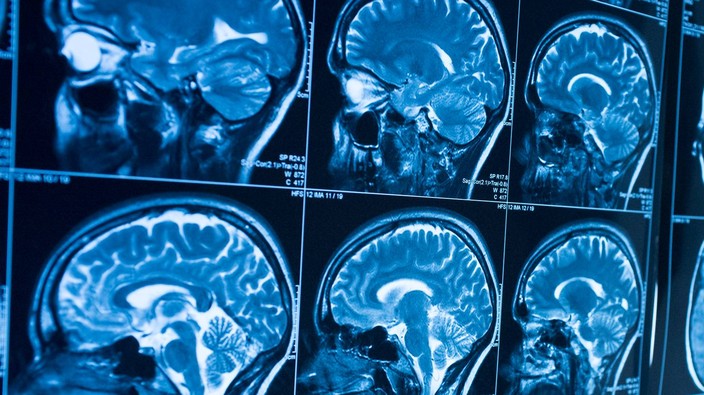device shrinks brain tumour in first human trial
this form of cancer is notoriously difficult to treat because glioblastoma tumours are resistant to conventional therapies.

the device uses oscillating magnetic therapy.
getty
a new method for treating glioblastoma using a non-invasive, oscillating magnetic field successfully shrunk an aggressive brain tumour by 31 per cent in its first human trial.the case study, which appears in frontiers in oncology, revealed the patient was left with few options after radical surgical excision, chemoradiotherapy and experimental gene therapy were all unable to prevent the arrival of end-stage recurrent glioblastoma. the 53-year-old patient, who was granted compassionate use approval for the innovative therapy, died from an unrelated cause before the treatment ran its course. but an autopsy approved by the family unveiled its massive potential.“thanks to the courage of this patient and his family, we were able to test and verify the potential effectiveness of the first non-invasive therapy for glioblastoma in the world,” said david s. baskin, the study’s corresponding author and director of the kenneth r. peak center for brain and pituitary tumor treatment in the department of neurosurgery at houston methodist. “the family’s generous agreement to allow an autopsy after their loved ones’ untimely death made an invaluable contribution to the further study and development of this potentially powerful therapy.”glioblastoma is the deadliest form of brain cancer in adults, almost always proving fatal, according to the brain tumour foundation. the disease, which claimed the life of the tragically hip’s gord downie almost four years ago, affects four out of every 100,000 canadians and accounts for 12 to 15 per cent of all intracranial tumours, according to the brain tumour registry of canada. most tumours appear in the cerebral hemispheres of patients, gradually causing a range of symptoms including, headaches, weakness in the extremities, nausea, vomiting, seizures and personality deficits, depending on the exact locations of tumours. life expectancy upon diagnosis is just a few months to two years.this form of cancer is notoriously difficult to treat because glioblastoma tumours are resistant to conventional therapies and the brain — which is much less resistant to the gruelling treatment — has a limited capacity to heal itself from treatment. many drugs commonly used to treat cancer are also unable to cross the blood-brain barrier to help tackle the invasive cells.
 2 minute read
2 minute read





